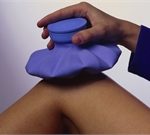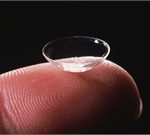
People with the heart-rhythm disorder known as atrial fibrillation, or a-fib, may ease their symptoms with the help of a slower-paced yoga, a preliminary study finds. Researchers from India found that over 16 weeks of yoga sessions, a-fib patients saw their symptom episodes drop by about half. Their mental well-being got a boost as well. The findings, which were presented this week at an online meeting of the European Society of Cardiology, should be considered preliminary until published in a peer-reviewed journal. But the report adds to evidence that yoga can help control a-fib symptoms, which include palpitations, dizziness and breathlessness. In 2013, Dr. Dhanunjaya Lakkireddy led a small study of a-fib patients that came to similar conclusions: Slower-paced yoga, with a focus on breathing and mindful physical poses, helped people reduce their symptoms. The benefits may stem from yoga’s calming effects on the nervous system, explained Lakkireddy, who is medical director of the Kansas City Heart Rhythm Institute, at HCA Midwest Health in Kansas. He was not involved with the new report. People with a-fib, Lakkireddy said, tend to have an exaggerated “sympathetic tone” — which refers to the arm of the nervous system that, among other jobs, revs up heart rate and blood pressure. Yoga may counter that, according to Lakkireddy. But in a world where yoga classes are often geared toward a… read on >



























-300x200.jpg)










